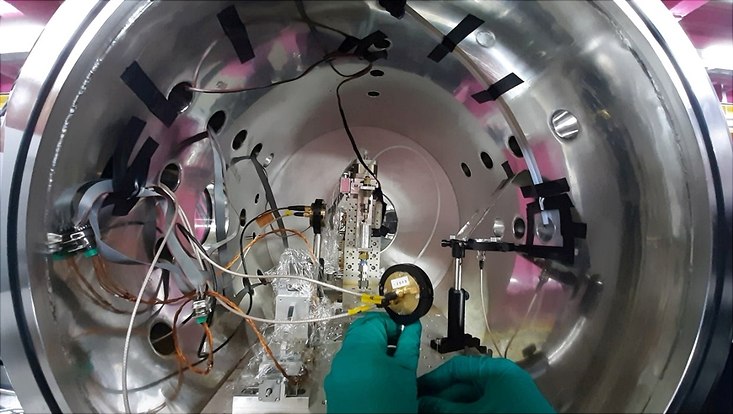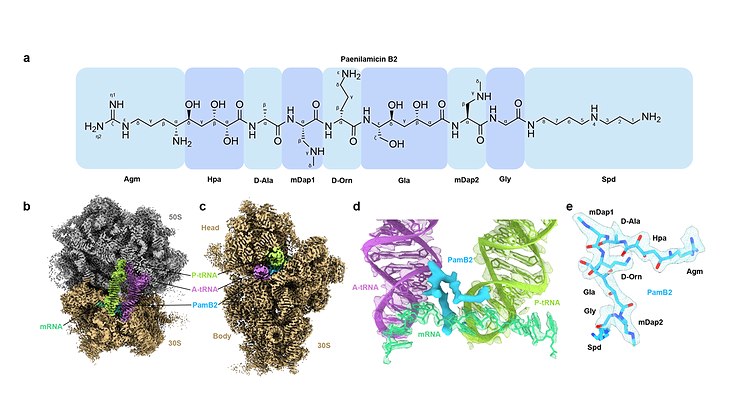and Natural Sciences
Highly Sensitive Pressure Sensors made from Nanoparticle Membranes
25 August 2020, by MIN-Dekanat

Photo: UHH/MIN/Schlicke
A research team at the Department of Chemistry, University of Hamburg, developed in cooperation with the Hamburg University of Technology (TUHH) highly sensitive pressure sensors which are based on free-standing gold nanoparticle membranes. These sensors outperform the sensitivity of previously reported pressure sensors from nanomaterials by 1-2 orders of magnitude and show great potential for the development of novel pressure and strain sensors for numerous applications.
Due to their intense red color gold nanoparticles are being used for decorative purposes since centuries. In modern medical diagnosis they are used as color indicators in pregnancy tests and in point-of-care assays for the rapid detection of infectious diseases.
When ligand-stabilized gold nanoparticles are assembled as thin films they form an electrically conductive composite material. The charge transport in this material is based on tunneling of electrons between neighboring nanoparticles. Thus, any influence that alters the interparticle distances causes significant changes of the material’s conductivity. Based on this feature, numerous research groups, worldwide, are focusing their efforts on the development of highly sensitive chemical and physical sensors utilizing thin nanoparticle films as transducing elements. At the Department of Chemistry, University of Hamburg, the team led by Dr. Tobias Vossmeyer is studying this topic as part of the Research Training Group GRK 2536 and other DFG funded projects.
In their now published study the authors demonstrate the exceptionally high sensitivity of the pressure sensors they developed. Moreover, they introduce a new experimental method for the electromechanical characterization of nanoparticle membranes with previously unrivaled precision. According to this method, the nanoparticle membrane is bulged by applying a differential pressure. The resulting deformation of the membrane is observed by atomic force microscopy and, at the same time, the change in conductivity is recorded. The data sets acquired with this method enable new insights into the unique electromechanical properties of this interesting class of nanomaterials.
Original Publication
Cross-Linked Gold Nanoparticle Composite Membranes as Highly Sensitive Pressure Sensors,
H. Schlicke, S. Kunze, M. Rebber, N. Schulz, S. Riekeberg, H. K. Trieu, and T. Vossmeyer,
Advanced Functional Materials (2020).
https://doi.org/10.1002/adfm.202003381


